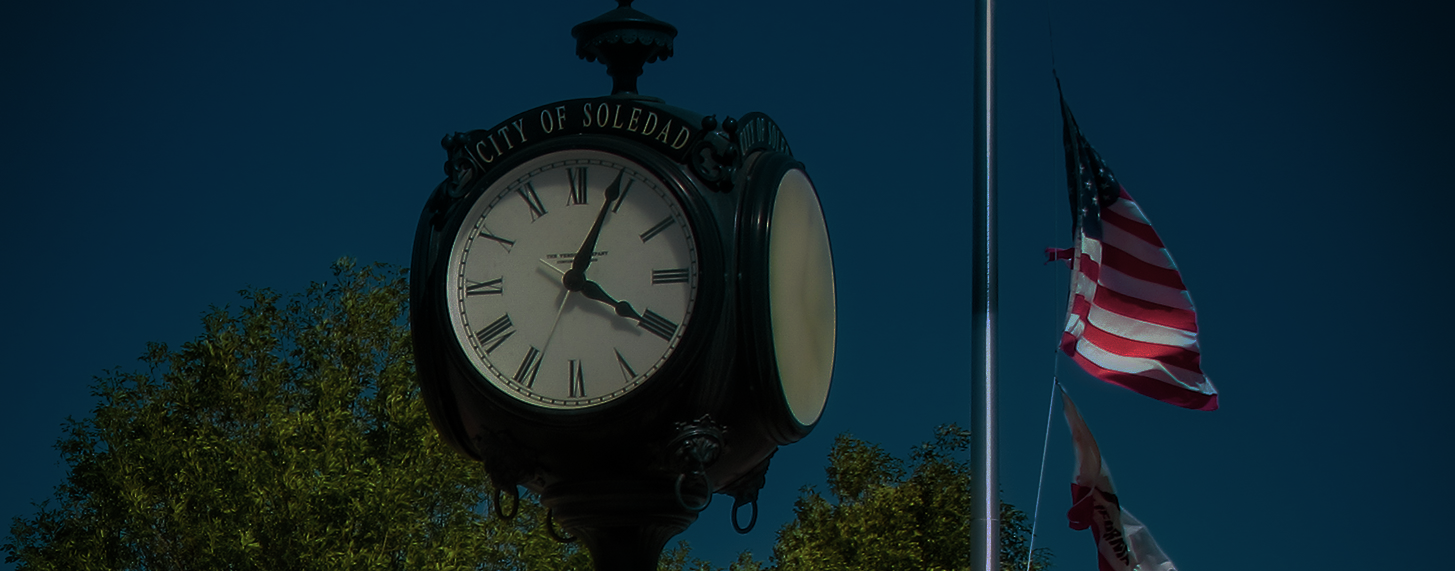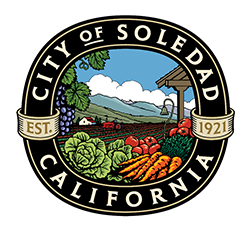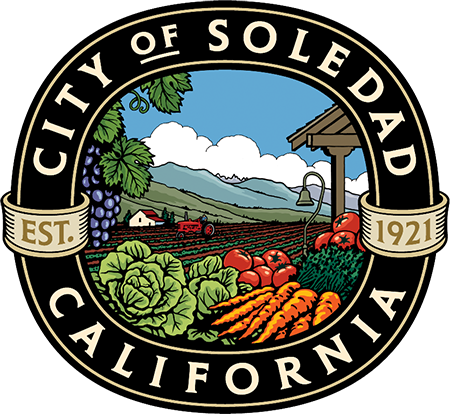
Stormwater Operations
Mailing Address:
Phone:
Stormwater Hotline: (831) 223-5188
Non Emergency Dispatch No.: (831) 755-5111
What is stormwater?
Storm water is defined by the US Environmental Protection Agency (EPA) as the runoff generated when precipitation from rain and snowmelt events flows over land or impervious surfaces without percolating into the ground. Storm water is often considered a nuisance because it mobilizes pollutants such as motor oil and trash. In most cases, storm water flows directly to water bodies through sewer systems, contributing a major source of pollution to rivers, lakes, and the ocean. Storm water discharges in California are regulated through National Pollutant Discharge Elimination System (NPDES) permits. However, storm water may also act as a resource and recharge to groundwater when properly managed. The Water Boards are actively involved in initiatives to improve the management of storm water as a resource.
The Federal Clean Water Act (Clean Water Act) prohibits certain discharges of storm water containing pollutants except in compliance with a National Pollutant Discharge Elimination System (NPDES) permit. The NPDES stormwater program regulates some stormwater discharges from three potential sources: municipal separate storm sewer systems (MS4s), construction activities, and industrial activities.
City of Soledad Municipal Storm Water Program
The discharge of storm water within the City of Soledad is regulated by the State Water Resources Control Board (SWRCB) Water Quality Order No. 2013-0001-DWQ National Pollutant Discharge Elimination System (NPDES) General Permit, Waste Discharge Requirements (WDRs) for Storm Water Discharges from Small Municipal Separate Storm Sewer Systems (MS4), collectively referred to as the Phase II Small MS4 General Permit. The City of Soledad is designated as a Phase II Small Separate Storm Sewer System (MS4) permittee under the NPDES General Permit.
Links
State Water Resources Control Board – Storm Water Program
Low Impact Development (LID)
What is Low Impact Development?
LID is an ecosystem-based approach to land development that keeps the built environment as a functioning part of an ecosystem rather than existing apart from it. In this way, LID is a stormwater and land use management strategy that strives to mimic pre-development hydrologic processes of infiltration, filtration, storage, evaporation, and transpiration by emphasizing conservation, use of on-site natural features, site planning, and distributed stormwater management practices that are integrated into a project design.
Why the need for LID?
Urban runoff is a leading cause of water quality pollution and degradation throughout urbanized areas. Development and urbanization results in the creation of impervious surfaces such as rooftops, structures, streets, parking lots, and other hardscapes. Development increases pollutant loading and the volume and velocity of storm water discharge to local drainages and watercourses. Pollutant loading stems from vehicle emissions and wastes, pesticides, herbicides, household hazardous waste, chemicals, industrial and commercial processes, pet and animal wastes, trash, and so forth, which can be washed, deposited, or released into the local drainage system. The result is storm water discharges that degrade our watercourses, rivers, lakes, and streams.
Post-Construction Stormwater Management Requirements for Development Projects in the Central Coast Region
In July, 2013 the California Regional Water Quality Control Board (RWQCB) Central Coast Region adopted Resolution No. R3-2013-0032 Post Construction Storm Water Management Requirements for Development Projects in the Central Coast Region, collectively referred to as the PCRs.
Projects that receive their first discretionary approval for design elements after March 6, 2014 or, if no discretionary approval is required, receive their first ministerial permit after that date, are subject to the PCRs if they create or replace 2,500 square feet or more of impervious area.
Applicants seeking development project approvals in the City of Soledad should use the City’s adopted Stormwater Technical Guide when preparing Stormwater Control Plans. A pre-application meeting is recommended for all projects subject to the PCRs.
Links
Post Construction Requirements
Central Coast Regional Water Board – Post-Construction Storm Water Requirements
Construction Sites and Storm Water Management
Small Construction Sites
Small construction sites resulting in land disturbance of less than 1 acre are required to develop a site specific Erosion and Sediment Control Plan (ESCP) or Storm Water Pollution Prevention Plan (SWPPP) and must implement appropriate Best Management Practices (BMP) to prevent storm water pollution. Contact the City to determine if your site must prepare an ESCP or SWPPP.
Large Construction Sites
Large construction sites resulting in land disturbance greater than 1 acre or less than 1 acre but part of a larger common plan of development must seek coverage under the California Construction General Permit (CGP) prior to issuance of a local City permit for construction activity. Projects subject to the CGP will require the preparation of a Storm Water Pollution Prevention Plan (SWPPP). Any construction project subject to the CGP must demonstrate coverage under the CGP in order to obtain a building permit.
Links
State Water Resources Control Board – Construction Storm Water Program
Illicit Discharge Detection and Elimination
An illegal or illicit discharge is considered to be any activity or event which results in the release, leak, placement, flow, or escape of any material other than rainwater (including liquids or solids) into the city’s storm drain system. Illicit discharges can also be unintentional as well, such as leaving chemicals, lawn clippings, or pet waste in an area where storm water may come in contact.
Sometimes there is a misconception that the water that enters the storm drains will be treated and cleaned before it reaches our river. However this is not true. Anything that enters a storm drain will go directly into our bodies of water without treatment and may cause serious environmental damage.
If you see any type of waste on your lawn, parking areas, or street, stop and pick it up and properly dispose of it. Waste that enters into our storm drains can cause flooding due to clogging and backups with the storm drain system.
10 TIPS FOR PREVENTING STORM WATER POLLUTION
- Recycle used motor oil (for free) by taking it to an auto parts store, hazardous waste collection site or using curbside recycling pickup. When changing your car’s oil, prevent spills by placing cardboard under the oil pan. Use absorbent material such as kitty litter to clean up spills. Never pour used motor oil down storm drains, on the ground, or driveways.
- Wash cars on unpaved surfaces, or at a commercial car wash. Leftover soapy water should be poured down a household sink or toilet (to be treated by the sewage plant), not the driveway, gutter, street, or storm drain which lead directly to the bay without treatment.
- Inspect and maintain your car regularly to prevent leakage of oil, antifreeze and other toxic fluids. Use a drip tray to catch leaks where your car is parked.
- Keep as much of your property landscaped as possible. Planted areas absorb more rainwater and help water percolate into the ground. Bare soil promotes water runoff. As an alternate to concrete driveways, use paving bricks, which help reduce runoff.
- Use non-toxic alternatives to pesticides and organic gardening techniques when possible. Plant native plants which need less water than imported varieties. Use herbicides, pesticides and fertilizers sparingly. Follow label instructions carefully. Do not apply chemicals if rain is forecast. Never dump chemicals in ditches, gutters, storm drains, or waterways. Never use motor oil to kill weeds along fences or in yards. Motor oil poured in soil contaminates water. Take unwanted toxic products to local hazardous waste collection sites.
- Sweep driveways, patios, and sidewalks rather than hosing them down into the gutters and storm drains. Put lawn clippings in a compost pile or garbage can.
- Water only your garden and lawn, not your driveways and sidewalks. Divert garden hoses and rain spouts away from paved surfaces to reduce water runoff from entering storm drains. Consider using a rain barrel to collect water for flower bed and lawn watering.
- Pick up all pet waste regularly and dispose of in the trash can, not down the storm drain.
- Recycle your car’s antifreeze. Never drain antifreeze directly onto the ground or street. It is poisonous to pets and wildlife which are attracted to its sweet smell and taste.
- Take unwanted chemicals like paint and pesticides to your local hazardous waste collection site. Use non-toxic household products, if possible. When using toxic products follow directions carefully and use sparingly. Properly store toxic products away from children. Never dump chemicals down storm drains, ditches, gutters, or waterways.
Illicit Discharge Reporting
When to Make a Report
- When you notice unusual odors in or near the storm drain.
- When you find dumped waste in or near the storm drain.
- when the drainage system has unusually large flows during dry periods.
- When you see someone illegally dumping anything into the storm drain.
To report illegal discharges and illegal dumping into storm drains, please call our stormwater hotline at (831) 223-5188 or our Public Works Department at (831) 223-5172 Mon-Fri 8AM to 5PM.
To report illicit discharges outside of business hours or on holidays, please call our non-emergency police dispatch service at (831) 755-5111. To report a life-threatening hazardous emergency situation, please call 911.
Soledad City Hall
248 Main Street • Soledad, CA 93960
Phone: 831-223-5000 • Monday – Friday, 8:00 am – 5:00 pm


